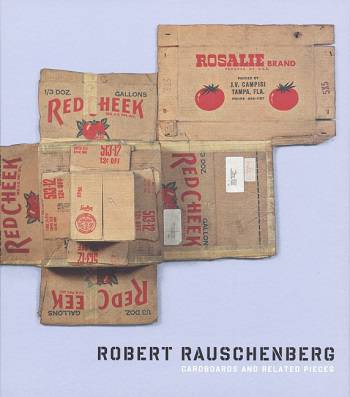Robert Rauschenberg began to investigate the boundaries between painting and sculpture in the 1950s, working with a variety of found objects in his “сombine paintings” and “freestanding сombines”. Later, in his “Cardboard” series (1971–1972), he confined himself to the use of cardboard boxes, eliminating virtually all imagery, reducing the palette to a near monochrome, and commenting in subtle ways on the materialism and disposability of modern life. This book is the first to focus exclusively on Rauschenberg’s rarely seen “Cardboards”, along with related works from his “Made in Tampa Clay”, “Cardbirds”, “Egyptian”, and “Venetian” series. Approximately eighty-eight сardboards and related sculptural pieces, many from the artist’s personal collection, are reproduced in the book. Full provenance and exhibition history are provided for each work, along with a complete bibliography. In addition, distinguished scholar Yve-Alain Bois offers an insightful essay that discusses the “Cardboards” and situates these lesser-known but critical pieces within the context of Rauschenberg’s long and creative career.
- / Автор статьи
- / Составитель
- / Персоналия
- / Автор вступительной статьи
